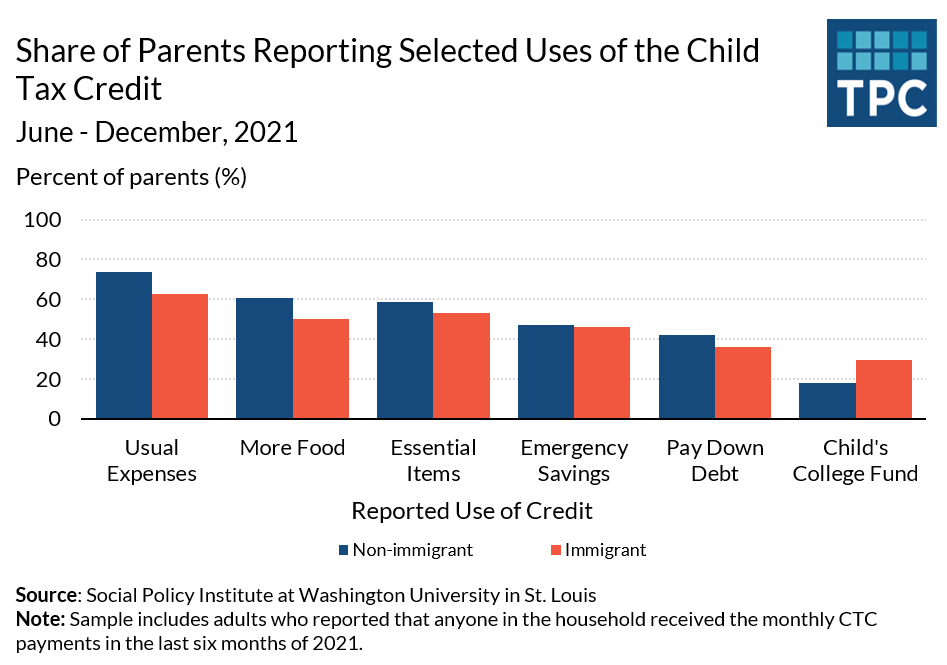CAFC Says Failure to Appeal Examiner Cancellation Mooted Appeal of IPR Obviousness Findings
[ipq_quote size=”medium”]“We fail to see why BMI could not challenge the Examiner’s findings and conclusions in the ’283 patent reexamination proceedings in an appeal to this court. Indeed, we know of no cases that would apply collateral estoppel in these circumstances, nor has BMI cited any.” -CAFC Judge Stoll[/ipw_quote]
On August 26, the U.S. Court of Appeals for the Federal Circuit (CAFC) issued a precedential decision in Best Medical International, Inc. v. Elekta Inc. affirming rulings by the Patent Trial and Appeal Board (PTAB) that invalidated patent claims covering a method and apparatus for radiation therapy of tumors. The appellate court, which issued a modified version of the opinion today to correct some minor formatting problems, also determined that Best Medical International (BMI) lacked standing to appeal the PTAB’s invalidation of claim 1 of BMI’s patent.
Cancellation of Claim 1 Prior to Notice of Appeal Nixes BMI’s Munsingwear Argument
The patent-at-issue in this case is U.S. Patent No. 6393096, Planning Method and Apparatus for Radiation Dosimetry. It claims a method and apparatus for determining an optimized radiation beam arrangement for applying radiation to a tumor target volume while minimizing radiation of a structure volume in a patient. As the Federal Circuit noted, the technology covered by the ‘096 patent purported to improve upon the prior art by computationally determining an optimal radiation beam to treat tumors, which are irregularly shaped, in a way that minimized the radiation of healthy tissues.
BMI filed lawsuits against both Elekta and Varian Medical Systems in Delaware district court in 2018, after which both firms filed several petitions for inter partes review (IPR) proceedings challenging claims of the ‘096 patent, leading to four final written decisions appealed by BMI. Varian also initiated ex parte reexamination proceedings on the ‘096 patent, leading to an examiner rejection of claim 1. BMI did not appeal that examiner rejection and canceled claim 1 without prejudice or disclaimer following the reexamination proceedings. Because BMI did not file a disclaimer, the PTAB in the IPR proceedings reasoned that claim 1 had not been cancelled by any final action. The Board then assessed the merits of Elekta’s arguments and determined that claim 1 was obvious over the prior art. In a separate final decision appealed by BMI, the PTAB also canceled claims 43, 44 and 46 of the ‘096 patent as obvious over the prior art.
On appeal to the Federal Circuit, BMI argued that the cancellation of claim 1 following the reexamination proceeding mooted the patentability issue in the IPR proceedings. Citing to the U.S. Supreme Court’s 1950 decision in United States v. Munsingwear, BMI contended that courts are directed to vacate underlying decisions when those decisions have been mooted during the pendency of the appeal. The Federal Circuit, however, dismissed the argument under Munsingwear as the mooting event, the cancellation of claim 1, occurred prior to BMI’s filing its notice of appeal in the IPR proceedings; thus, the underlying decision was not moot during the pendency of BMI’s appeal.
Potential of Collateral Estoppel Does Not Create Standing for BMI’s Appeal of Claim 1
As to BMI’s jurisdictional argument that the PTAB lacked the authority to determine claim 1’s patentability in a final written decision, the Federal Circuit noted that the Supreme Court’s decision in SAS Institute v. Iancu (2017) allowed the Board to reasonably conclude that it was required to assess the patentability of all claims challenged in Elekta’s petition absent any final cancellation. Such a cancellation would have occurred if BMI had filed a statutory disclaimer of claim 1 pursuant to 35 U.S.C. § 253(a) following the reexamination proceeding. Therefore, the Federal Circuit could not say that the PTAB erred by addressing patentability of claim 1 of the ‘096 patent.
Further, the Federal Circuit agreed with Elekta that BMI lacked standing to challenge the PTAB’s unpatentability determination on claim 1 of the ‘096 patent. Although BMI did file a notice of appeal from the examiner’s rejection in the reexamination, that appeal did not challenge the examiner’s double patenting rejection of claim 1, therefore there was no case or controversy surrounding the patentability of claim 1. Although BMI argued that the PTAB’s ruling created an injury in fact through collateral estoppel effects, “we fail to see why BMI could not challenge the Examiner’s findings and conclusions in the ’283 patent reexamination proceedings in an appeal to this court,” the Federal Circuit opinion authored by Circuit Judge Kara Farnandez Stoll said. “Indeed, we know of no cases that would apply collateral estoppel in these circumstances, nor has BMI cited any.” Further, the Federal Circuit cited several of its prior decisions supporting the proposition that the potential for collateral estoppel itself cannot create standing for an appeal such as BMI’s.
Despite Standing, BMI Appeals of Other Obviousness Findings Also Fail
While the Federal Circuit found that BMI clearly had standing to challenge the other unpatentability determinations from the IPR proceedings, it was not persuaded by any arguments raised by BMI on appeal. First, BMI had challenged the PTAB’s determination that a person of ordinary skill in the art would have “formal computer programming experience, i.e. designing and writing underlying computing code.” While Elekta’s expert witness possessed such experience, BMI’s witness did not, leading the PTAB to discount testimony of nonobviousness offered by that witness.
The Federal Circuit most recently addressed the factors that courts should consider in determining the level of ordinary skill of an artisan in Daiichi Sankyo v. Apotex (2007). While neither BMI nor Elekta presented much evidence relating to these factors, the PTAB relied on the entire trial record to determine that formal computer education was required in the face of conflicting testimony from either side. As the Federal Circuit noted, both the claims and written description of the ‘096 patent establish that the invention is implemented using a computer and it was not unreasonable for the PTAB to conclude that formal computer experience was required.
The court then dispatched a series of other arguments for reversal raised by BMI. While BMI had argued that the PTAB erred in construing claims of the ‘096 patent such that the recited steps of the patent claims could be completed using more than one computer, the plain language of the claims and written description established that the recited steps could be completed by a set of computers. The Federal Circuit also found no reason to construe the claimed “conformality control factors” as having mathematically defined parameters as no such language in the patent established this limitation. The Federal Circuit found that expert testimony supported the PTAB’s finding that one piece of asserted prior art taught “providing a user with a range of values to indicate the importance of objects to be irradiated,” and that the PTAB properly found a motivation to combine prior art references leading to the obviousness findings.
Image Source: Deposit Photos
Image ID: 70164509
Author: billperry
Steve Brachmann
Steve Brachmann is a graduate of the University at Buffalo School of Law, having earned his Juris Doctor in May 2022 and served as the President of the Intellectual Property […see more]







